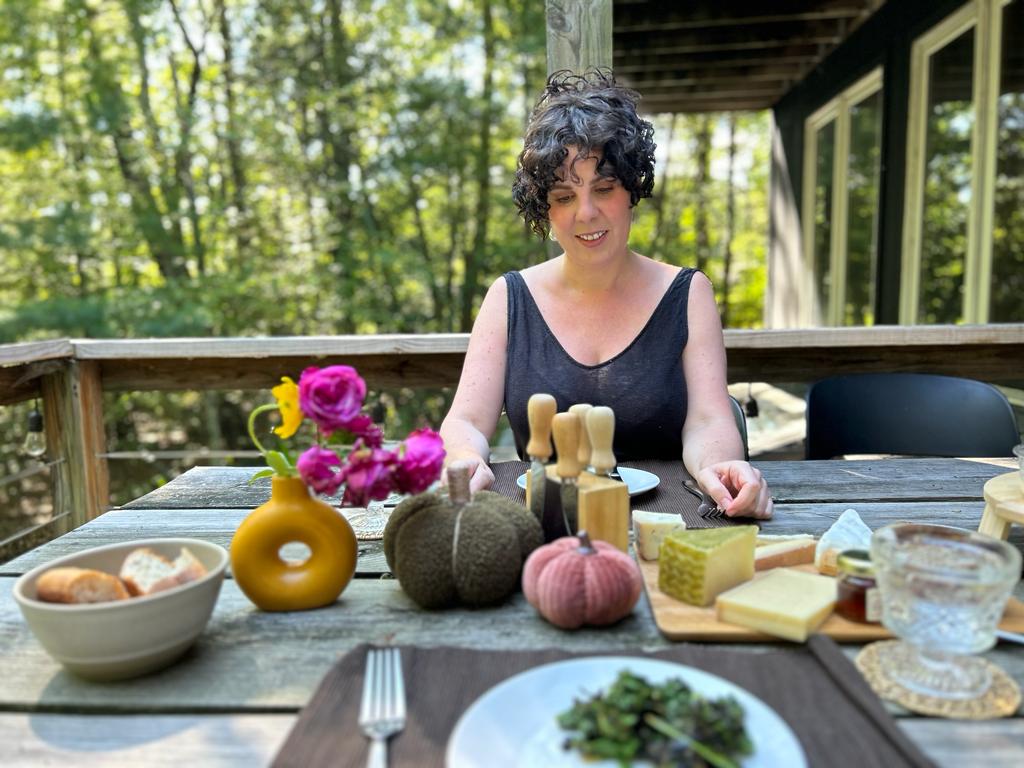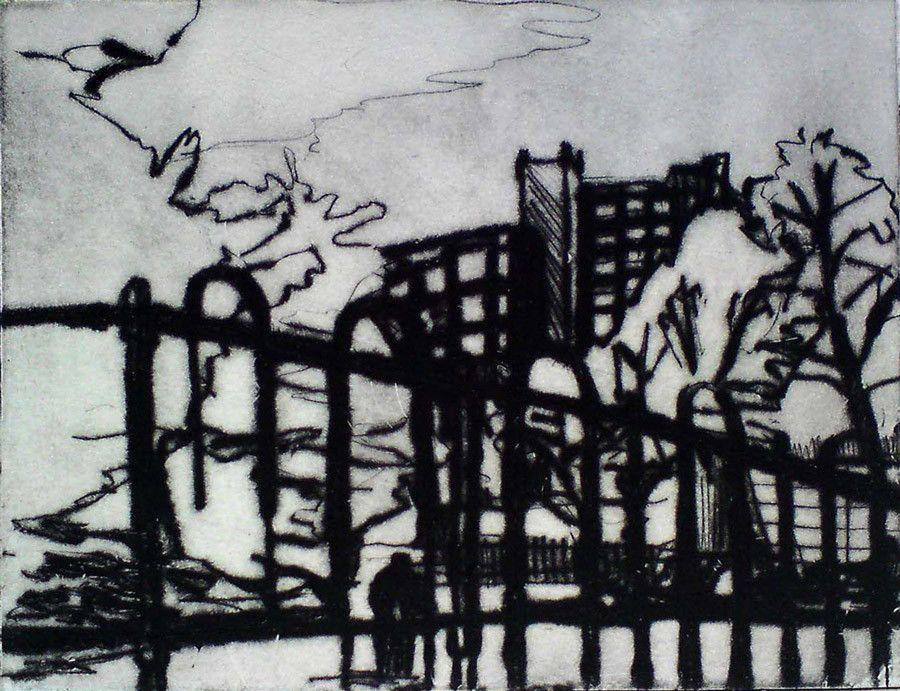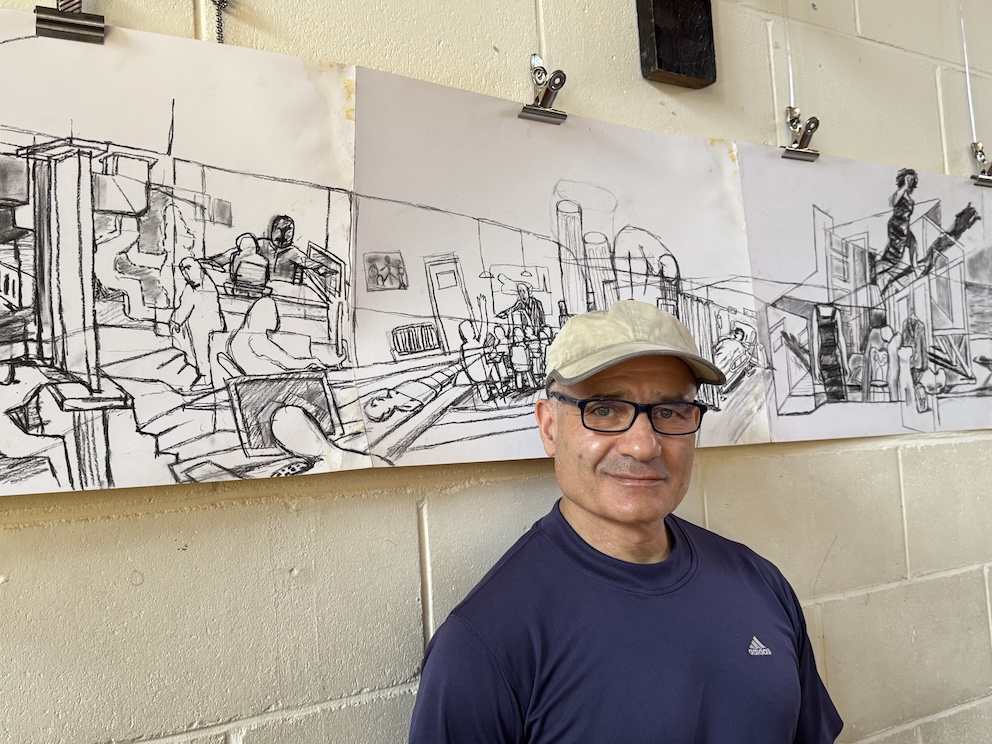 Wood cutting
Wood cutting
FEATURE
Woodcut
Knives, gouges and other tools are used to carve an image into a block of wood. Ink is applied using a roller; the cut away areas do not pick up ink as they are below the surface. Paper is placed on top and is printed with a press or by hand.
TECHNIQUE
Woodcut
Knives, gouges and other tools are used to carve an image into a block of wood. Ink is applied using a roller; the cut away areas do not pick up ink as they are below the surface. Paper is placed on top and is printed with a press or by hand.

Because the wood is cut along the grain (compared to woodblock, where the wood is cut across the grain), marks can be difficult to cut, resulting in rough, sometimes splintery-looking prints. Depending on the wood chosen, it is possible to have more, or less of this effect.
In the history of woodcuts, fruitwoods were popular in Japan and Europe. Albrecht Dürer used pear for his masterful woodcuts. Hardwoods like pear, cherry, maple, birch, beech and walnut hold fine lines when carved, and maintain their detail after repeated printings.
Softwoods such as pine and poplar can also be used for relief printing but it is more difficult to achieve fine lines and a large number of prints, as the softer wood is more fragile.
More printmaking techniques
Lithography
An image is painted, drawn or stencilled onto a slab of limestone or a metal plate (often aluminium) with oily materials, including greasy crayons and pencils, special ink called tusche, and photochemical transfers.
Carborundum
Abrasive carborundum grit (silicon carbide) is mixed with acrylic medium or glue and painted onto a flat surface, such as plastic or metal.
More Features
All featuresArtist talk: Sarah Gillett
In this podcast episode released by Fermynwoods Contemporary Art, Sarah Gillett talks about her research on how astronauts dream, the promise of future seances, and the joy of collaboration.
“They’re not simple images. They are about everything.”
Artist Chris Christodoulou grapples with the complexities of life in his epic drawing series Odyssey.





